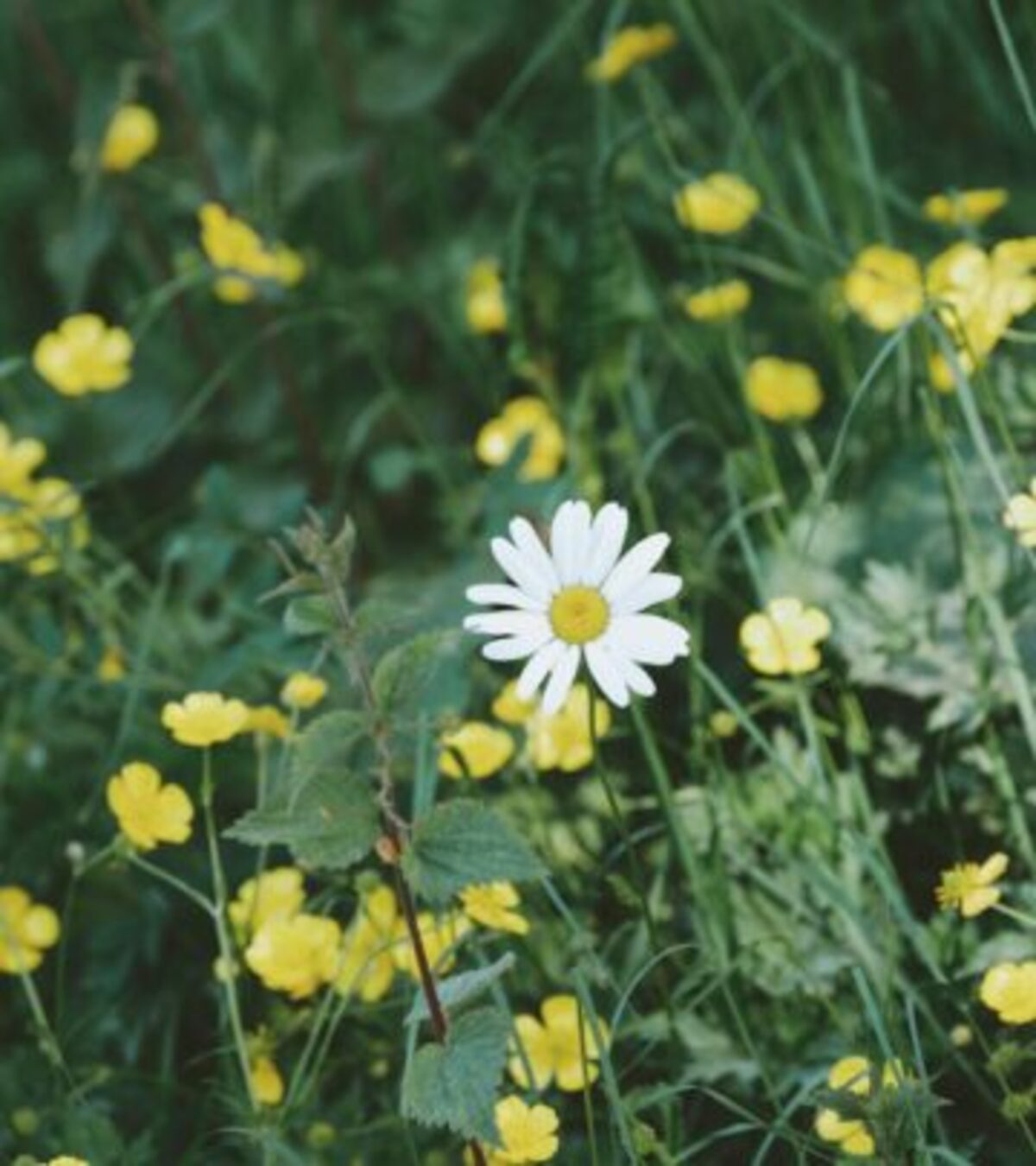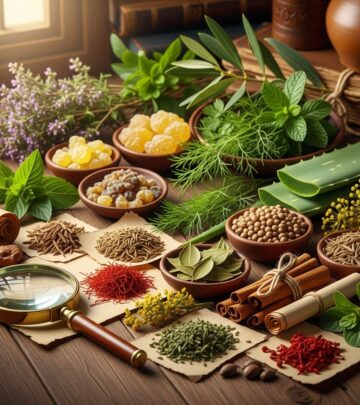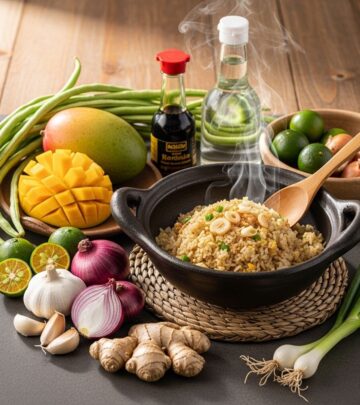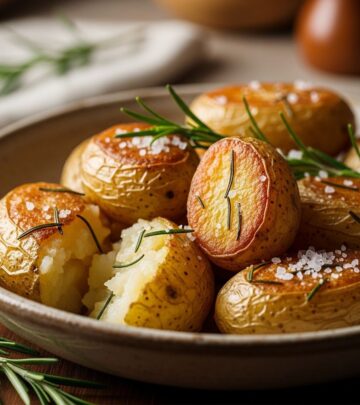Types Of Daisies: 28 Varieties To Transform Your Garden
Discover the diverse world of daisies, from drought-tolerant desert varieties to coastal-loving species

Exploring the Wonderful World of Daisies
Daisies are among the most beloved flowers in gardens worldwide, known for their cheerful appearance and remarkable versatility. These iconic blooms with their classic white petals and yellow centers are just the beginning of the daisy story. The daisy family encompasses an impressive variety of plants that can thrive in virtually any condition. There are tropical daisies, desert daisies, cold-tolerant daisies, and even daisies that flourish in salty coastal conditions!
Whether you’re looking to add some brightness to your garden beds, create stunning flower arrangements, or establish a low-maintenance ground cover, there’s a daisy variety perfect for your needs. Let’s explore 28 beautiful daisy types that can transform your garden into a colorful paradise.
Silver Townsend Daisy (Townsendia incana)
The Silver Townsend Daisy features distinctive small white hairs covering its stems, giving the plant’s foliage a captivating silvery appearance. This unique characteristic makes it stand out among other daisy varieties. Native to dry, rocky areas of the western United States, this resilient daisy is perfect for rock gardens and xeriscaping projects.
This low-growing perennial produces delicate white or pale pink flowers with bright yellow centers that bloom in spring and early summer. Its compact size and drought tolerance make it an excellent choice for gardens with challenging conditions.
Florist’s Daisy (Chrysanthemum × morifolium)
The Florist’s Daisy is renowned for its spectacular blooms featuring multiple layers of petals that create a stunning pom-pom appearance. This visual appeal makes it particularly popular for cut flower arrangements and bouquets. Available in various colors including white, yellow, pink, and purple, these daisies add vibrant splashes of color to any garden.
Blooming from late summer to fall, the Florist’s Daisy thrives in hardiness zones 5 to 9. These perennials prefer well-drained soil and full sun exposure to produce their magnificent blooms. With proper care, they’ll return year after year with increasingly impressive flower displays.
Dahlberg Daisy (Thymophylla tenuiloba)
The Dahlberg Daisy serves beautifully as a ground cover, featuring fragrant foliage and abundant small, deep yellow flowers. This annual plant grows in bushy clumps approximately 1 foot tall and 1 foot wide, creating a carpet of golden blooms. Native to Texas and parts of Mexico, the Dahlberg Daisy has earned a reputation for exceptional drought tolerance.
These daisies bloom prolifically from summer through fall and perform best in hardiness zones 9 to 11, though they can be grown as annuals in cooler regions. Their aromatic, feathery foliage adds texture to garden beds, and their bright flowers attract pollinators like bees and butterflies.
Shasta Daisy (Leucanthemum × superbum)
The Shasta Daisy stands as perhaps the most recognizable daisy variety, featuring classic white petals surrounding golden-yellow centers. These perennial favorites were developed by renowned horticulturist Luther Burbank in the late 19th century and named after Mount Shasta in California. Their timeless appeal makes them a staple in cottage gardens and traditional landscapes.
Shasta Daisies are relatively low-maintenance perennials that thrive in hardiness zones 4 to 9. They produce narrow, serrated leaves and flowers that range from 10 inches to several feet tall, depending on the variety. Popular cultivars include ‘White Magic,’ ‘Ooh La La,’ ‘Spider,’ and ‘Sante Shasta Daisy,’ each offering unique petal formations and growth habits.
English Daisy (Bellis perennis)
The English Daisy charms gardeners with its petite size and cheerful appearance. These perennial daisies form low mats of foliage topped with an abundance of blooms that attract bees, butterflies, and other beneficial pollinators. Their classic daisy shape features white petals (sometimes tinged with pink) and bright yellow centers.
English Daisies prefer cooler temperatures and partial shade, especially in regions with intense summer heat. They grow best in consistently moist, well-drained soil and make excellent additions to woodland gardens, border edges, and container plantings. These daisies reward gardeners with prolific blooming from spring through early summer.
African Daisy (Osteospermum)
African Daisies stand out with their vibrant, often two-toned blooms in stunning color combinations including purple, pink, white, yellow, and orange. Native to South Africa, these daisies have gained popularity worldwide for their exotic appearance and relatively easy cultivation. Some varieties feature distinctive spoon-shaped or tubular petals that add unique visual interest.
These daisies thrive in full sun and well-drained soil, blooming most prolifically during cooler weather in spring and fall. While they’re perennial in warmer zones 9-11, gardeners in cooler regions typically grow them as annuals. Their drought tolerance makes them excellent choices for water-wise gardens.
Gloriosa Daisy (Rudbeckia hirta)
Also known as Black-eyed Susan, the Gloriosa Daisy delivers bold impact with its golden-yellow to orange-red petals surrounding a distinctive dark brown center. These native North American wildflowers have become garden favorites due to their resilience and extended blooming period from summer through fall.
Gloriosa Daisies are short-lived perennials or biennials that often reseed themselves, creating naturalized drifts of color in meadow gardens and informal landscapes. They attract butterflies and other pollinators while being resistant to deer browsing. These sun-loving plants tolerate a range of soil conditions and thrive in hardiness zones 3-9.
Blue Marguerite Daisy (Felicia amelloides)
The Blue Marguerite Daisy offers a rare and coveted true blue color, making it a standout among daisy varieties. Native to South Africa, this compact perennial shrub produces masses of daisy-like blooms with striking blue petals and yellow centers from spring through fall in mild climates.
Growing 1-2 feet tall and wide, Blue Marguerite Daisies perform best in full sun to partial shade and well-drained soil. They’re ideal for container gardens, coastal plantings, and borders. While perennial in zones 9-11, they’re often grown as annuals in cooler regions, where their unusual color makes them worth replanting each year.
Cape Daisy (Dimorphotheca)
Cape Daisies illuminate gardens with their brilliant blooms in shades of white, cream, yellow, orange, and apricot. Native to southern Africa, these daisies feature distinctive dark centers that create striking contrast with their bright petals. Many varieties close their flowers at night or on cloudy days, reopening when the sun returns.
These drought-tolerant annuals thrive in poor to average soil and full sun exposure. They bloom prolifically from spring through summer, making them excellent choices for dry garden beds, rock gardens, and containers. Cape Daisies are also deer-resistant and attract beneficial pollinators to the garden.
Gerbera Daisy (Gerbera jamesonii)
Gerbera Daisies captivate with their large, vivid blooms available in nearly every color of the rainbow except true blue. Their bold flowers feature multiple rows of petals surrounding fuzzy centers, creating a dramatic display in gardens and floral arrangements. These South African natives have become one of the world’s most popular cut flowers.
While perennial in zones 8-11, Gerberas are commonly grown as annuals or container plants in cooler regions. They prefer rich, well-drained soil and partial shade in hotter climates. Removing spent blooms encourages continuous flowering throughout the growing season.
Painted Daisy (Tanacetum coccineum)
Painted Daisies earn their name from their jewel-toned blooms in shades of pink, red, and white, often with yellow centers. These vibrant perennials add bold splashes of color to early summer gardens and make excellent cutting flowers. Their finely divided, ferny foliage offers additional textural interest even when the plants aren’t in bloom.
Growing 1-3 feet tall, Painted Daisies thrive in full sun to light shade and well-drained soil. They’re relatively pest-resistant, as their foliage contains natural insecticidal properties. Hardy in zones 3-7, these daisies attract beneficial insects while deterring many garden pests.
Growing Tips for Daisy Success
While specific care requirements vary by daisy type, these general guidelines will help ensure thriving plants:
- Sunlight: Most daisies prefer full sun, though some varieties appreciate afternoon shade in hotter climates.
- Soil: Well-drained soil is essential for most daisy varieties. Amend heavy clay soils with organic matter to improve drainage.
- Watering: Establish new plants with consistent moisture, then adjust based on variety. Many daisies are drought-tolerant once established.
- Maintenance: Deadhead spent blooms regularly to encourage continued flowering. Divide perennial varieties every 2-3 years to maintain vigor.
- Winter care: Apply mulch around perennial daisies in colder regions to protect roots from freeze-thaw cycles.
Using Daisies in Your Garden Design
Daisies offer tremendous versatility in garden design. Here are some ways to incorporate them:
- Create cottage garden charm by mixing different daisy varieties with other traditional perennials like foxglove and delphinium
- Establish drought-resistant landscaping with native and desert-adapted daisy species
- Design cutting gardens featuring Shasta daisies, gerberas, and florist’s daisies for continuous bouquet supplies
- Develop pollinator gardens using coneflowers, black-eyed Susans, and other pollinator-friendly daisies
- Plant low-growing varieties like English daisies and Dahlberg daisies as living mulch around taller perennials
Frequently Asked Questions About Daisies
Q: When is the best time to plant daisies?
A: Most perennial daisies are best planted in early spring or fall. Annual varieties should be planted after all danger of frost has passed in spring. Always check the specific requirements for your chosen daisy variety.
Q: How do I keep my daisies blooming longer?
A: Regular deadheading (removing spent flowers) is the key to prolonged blooming. Additionally, providing adequate water during dry spells and applying a balanced fertilizer in late fall can help perennial varieties return with abundant blooms.
Q: Are daisies deer-resistant?
A: Many daisy varieties, particularly those with aromatic foliage like painted daisies and some African daisies, tend to be less appealing to deer. However, during food scarcity, deer may eat almost any plant, so additional protection may be necessary in high-pressure areas.
Q: How do I divide overgrown daisy plants?
A: Division is best done in spring or fall. Dig up the entire clump, then use a sharp spade to cut the plant into smaller sections, each with roots and foliage. Replant immediately at the same depth as the original plant and water thoroughly.
Q: Which daisy varieties work best for cut flowers?
A: Shasta daisies, gerbera daisies, and florist’s daisies make excellent cut flowers with long vase life. Harvest when blooms are just fully open in the morning for best results, and place immediately in water after cutting.
With their diversity of colors, sizes, and growing requirements, daisies offer something for virtually every garden situation. From the classic Shasta daisy to exotic African varieties, these cheerful flowers bring reliable beauty and a sense of nostalgia to gardens large and small. By selecting varieties suited to your growing conditions, you can enjoy these beloved blooms from spring through fall.
References
- https://www.countryliving.com/gardening/g32161249/daisy-types/
- https://www.countryliving.com/gardening/a22109231/outdoor-daisy-flower-care/
- https://www.southernliving.com/garden/flowers/daisy-flower-plant
- https://www.realsimple.com/types-of-daisies-flowers-8572130
- https://www.thepioneerwoman.com/home-lifestyle/gardening/g40668974/cottage-garden-flowers/
Read full bio of medha deb











